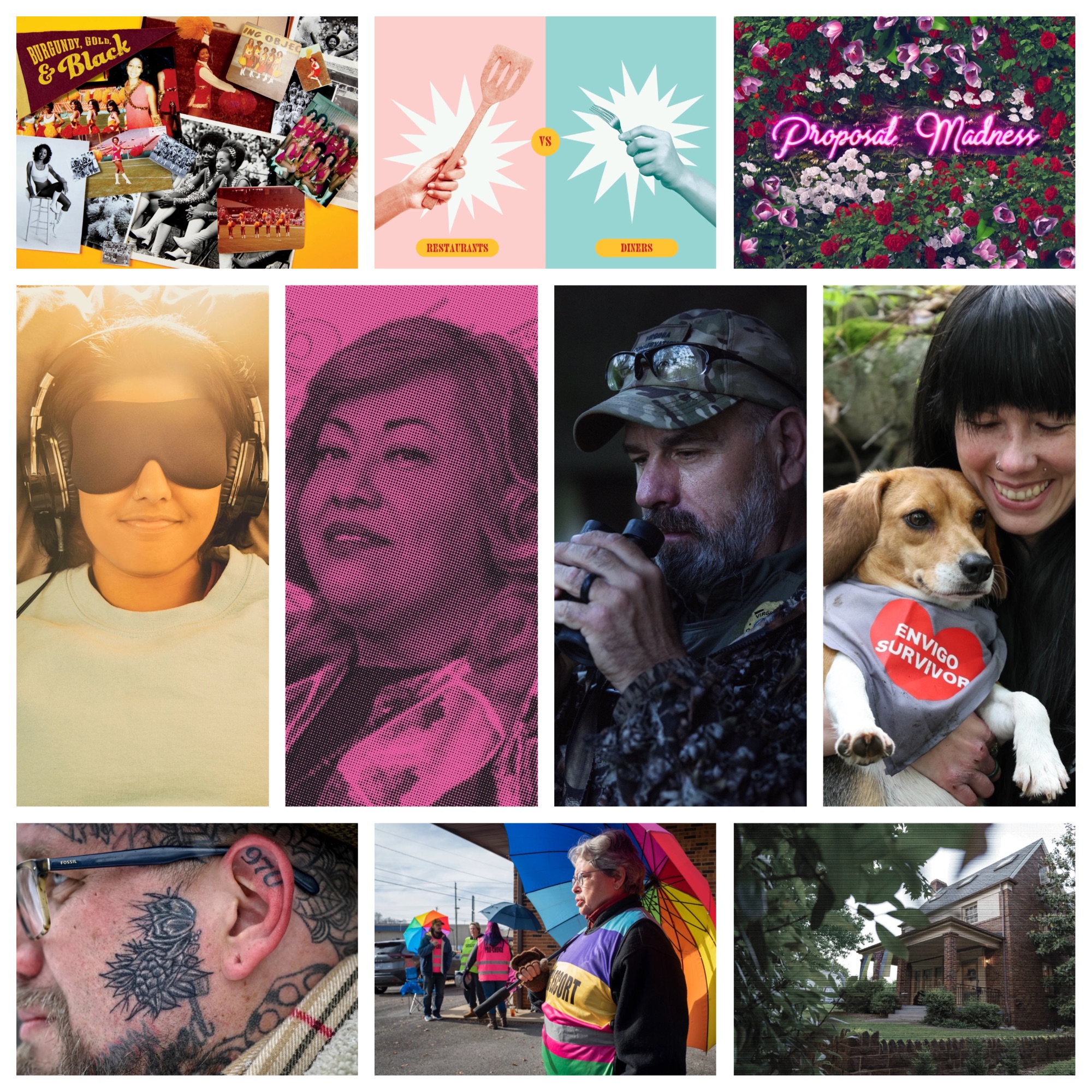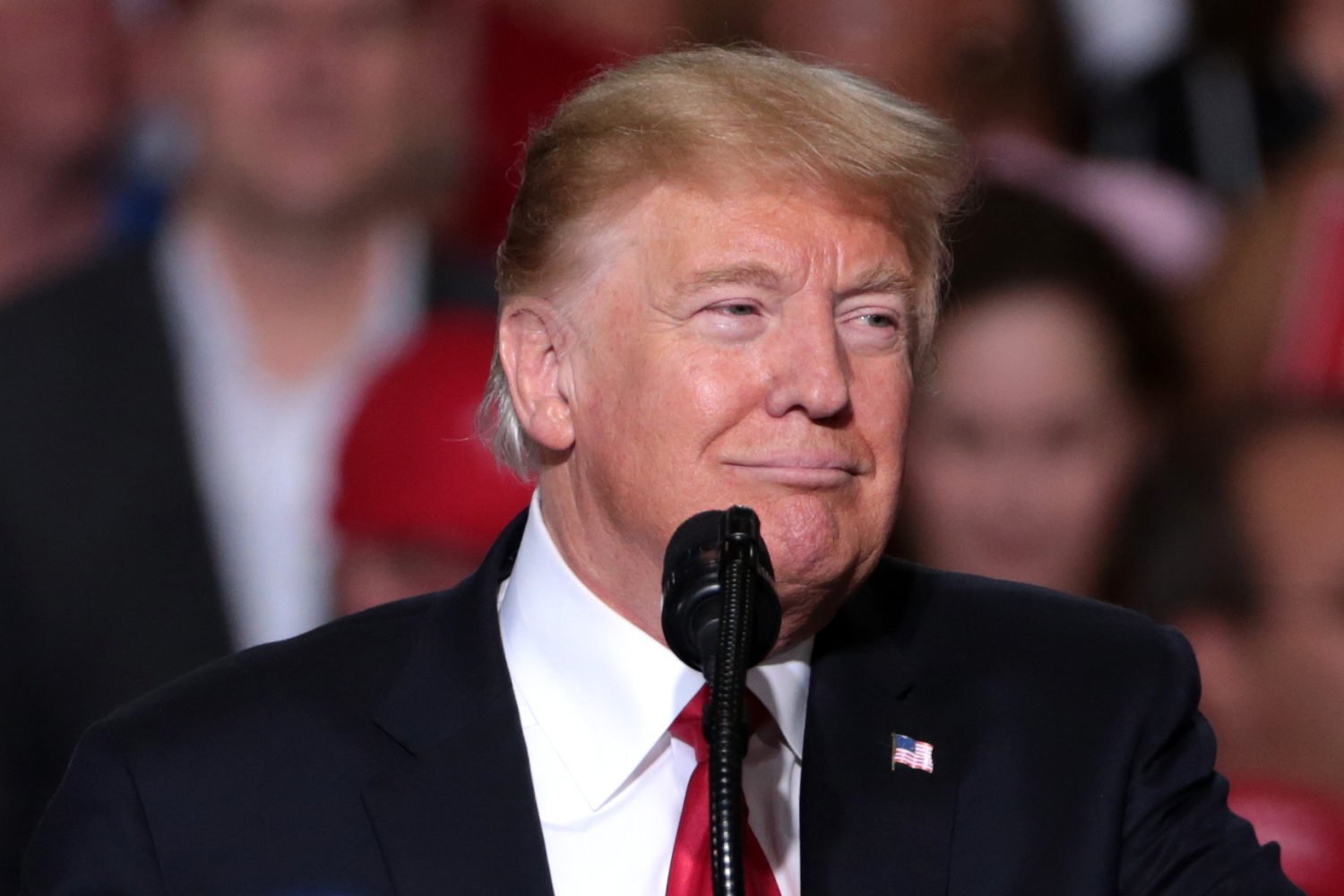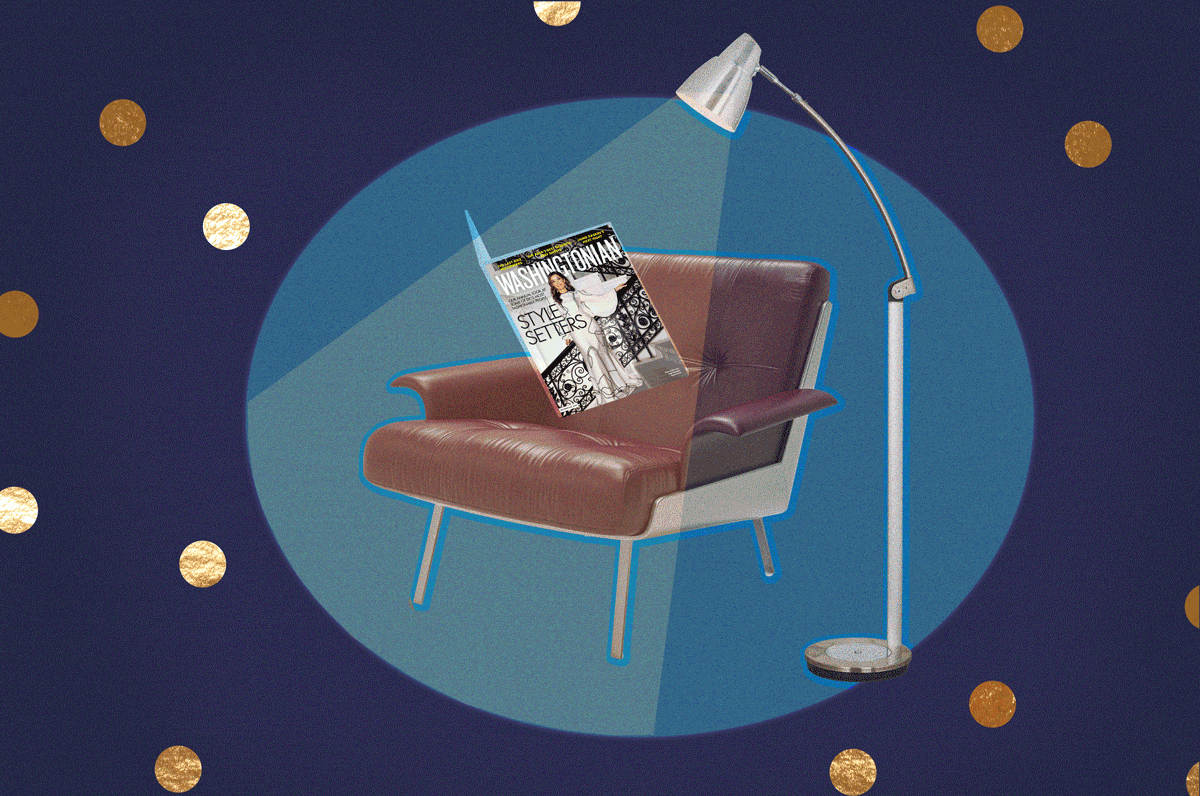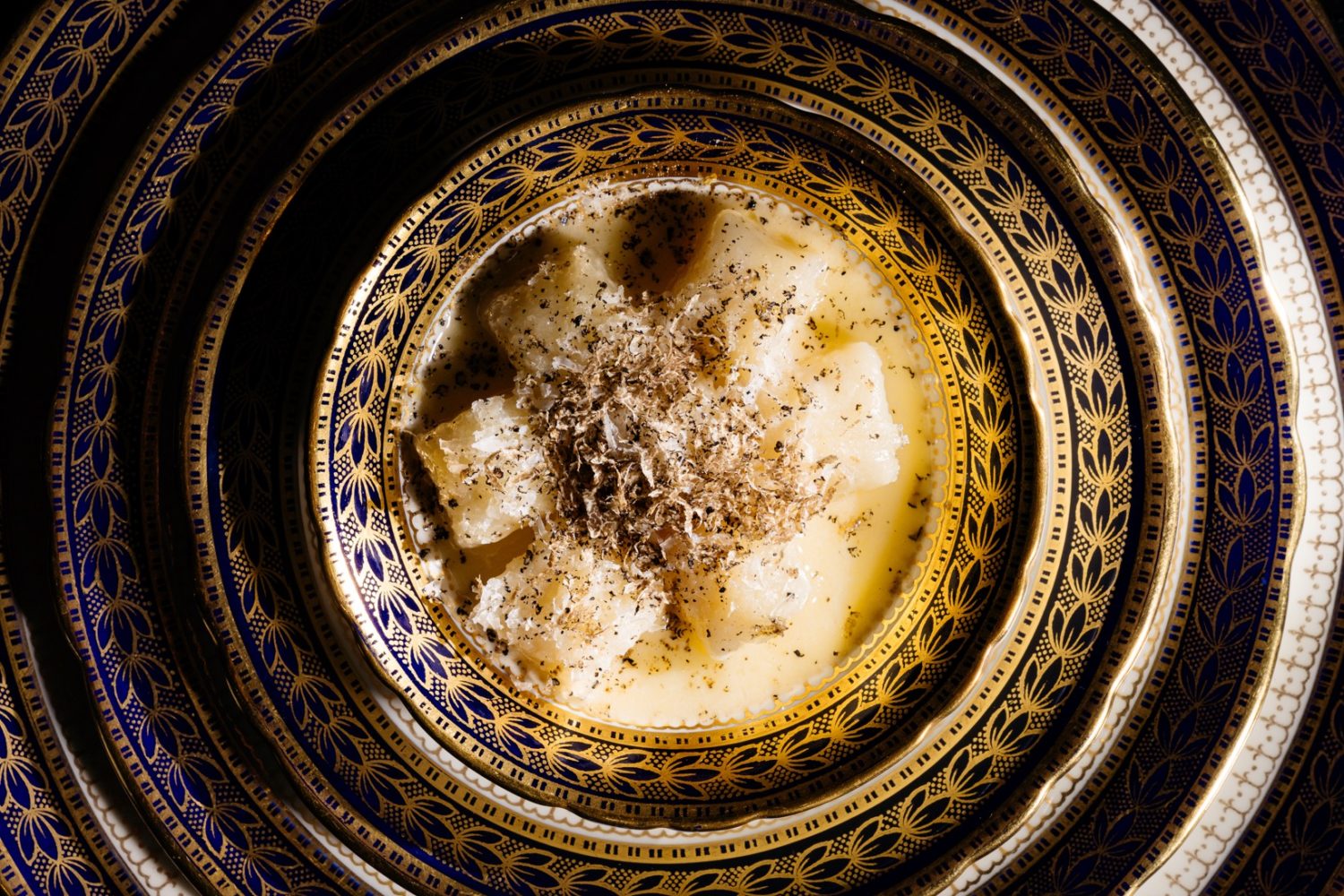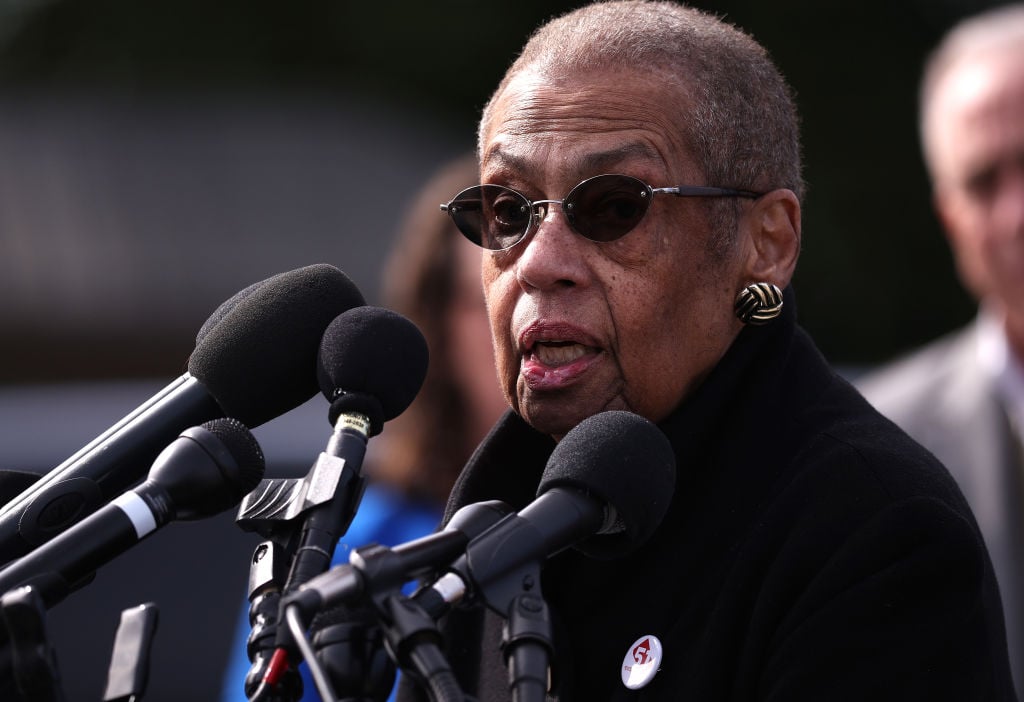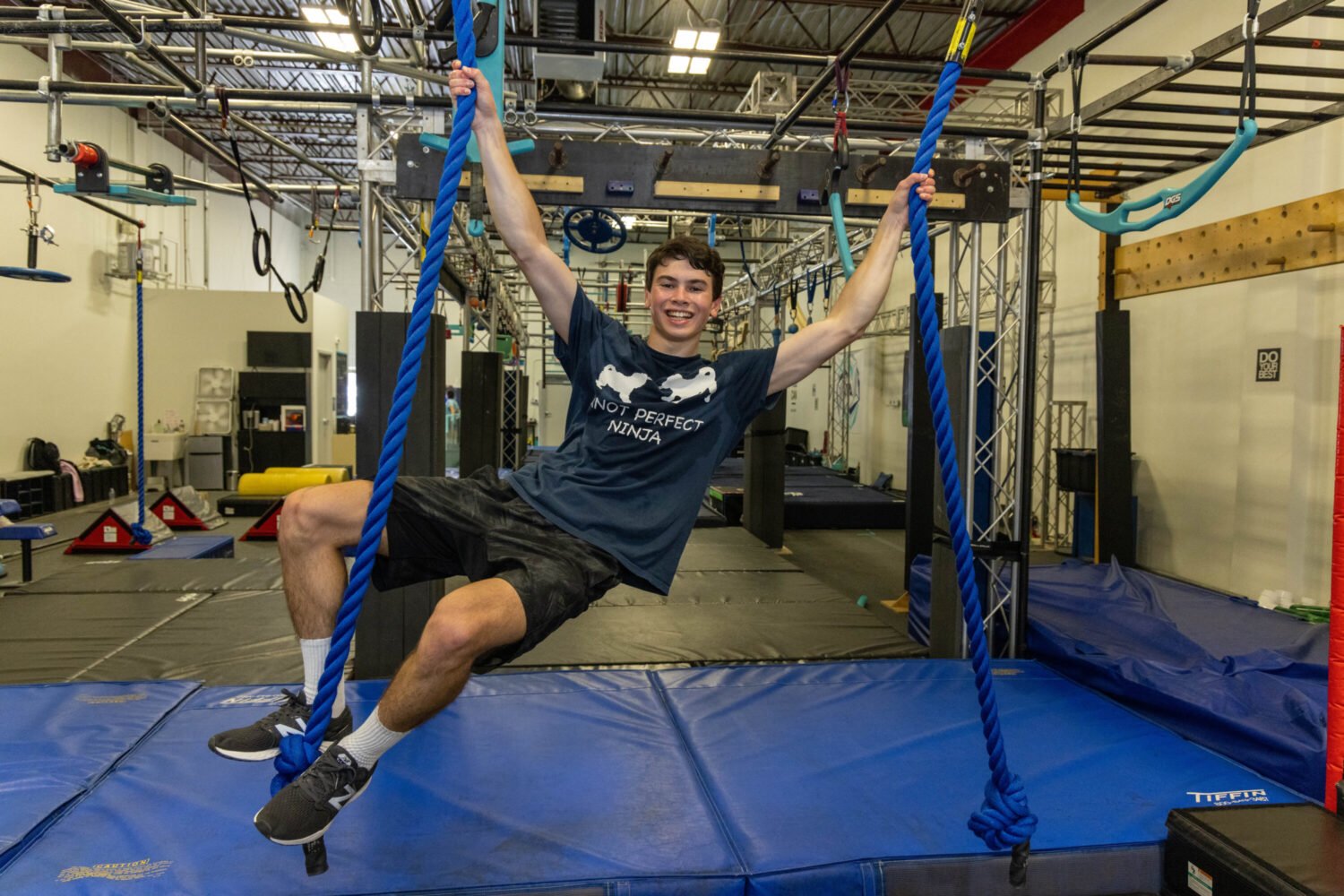Look, we get it. It’s the holiday season. You’re already swamped. There are gifts to buy and parties to attend and a month’s worth of work to cram into what amounts to two-and-a-half weeks before everyone starts setting their inboxes to auto-reply. Things are busy. Who has time to read a bunch of magazine feature stories?
Only that’s the thing—this is the perfect time of year to lose yourself in a long read. Think of it as a little escape from the jingly hustle and bustle all around, a chance to meet different people, absorb new ideas, and travel through worlds unlike your own. Granted, you could probably just put on the Hallmark Channel and achieve the same effect; on the other hand, how many times can hunky “Catch Me If You Claus” actor Luke Macfarlane be what Santa leaves under the tree?
Herein, our favorite longreads of 2023:
Confessions of a Former Oath Keeper
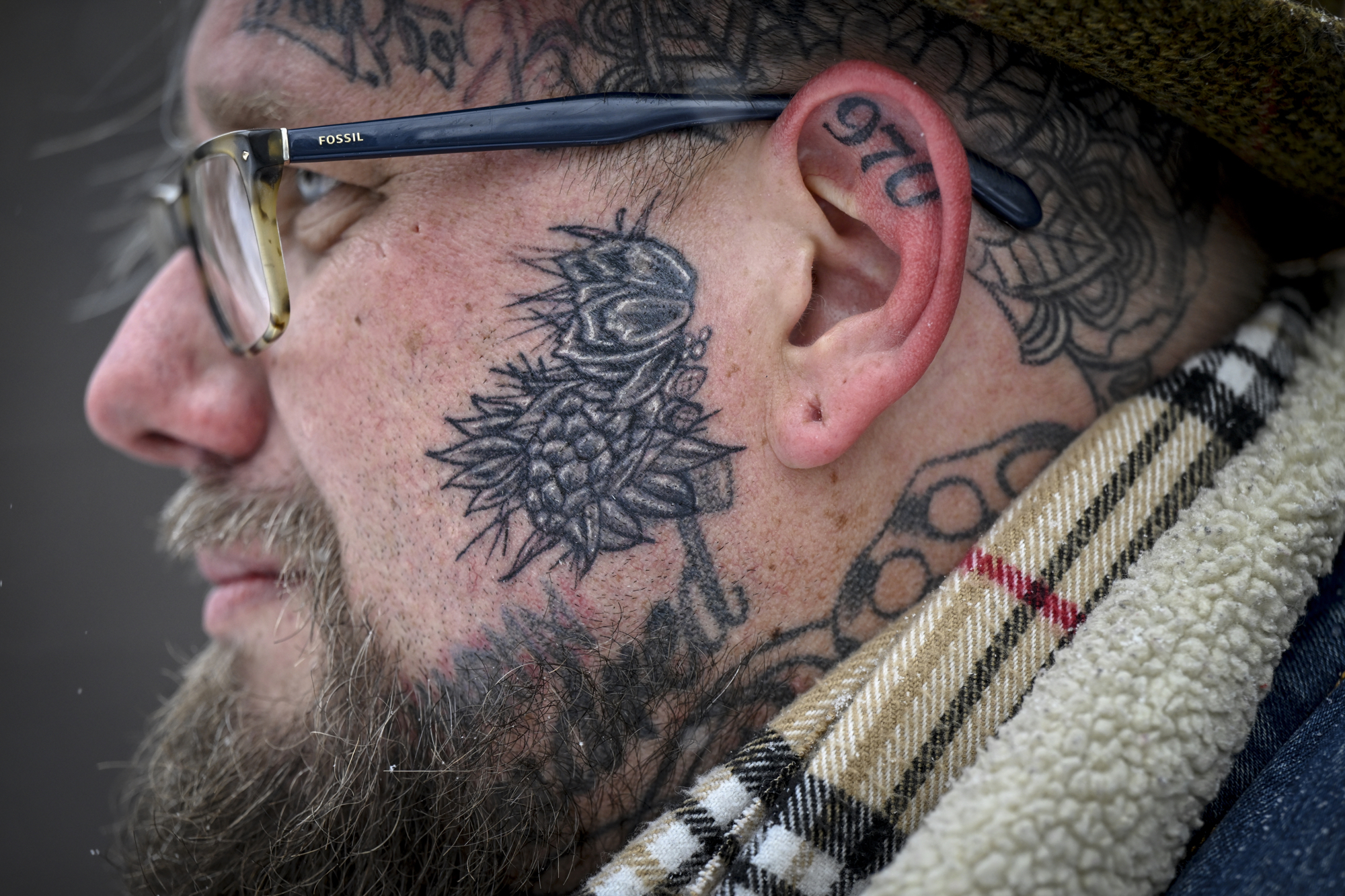
Once a spokesman for the far-right militia implicated in the January 6 attack on the Capitol, Jason Van Tatenhove is attempting to make amends—and to sound an alarm about a group and movement he describes as pursuing its objectives “through lies, through deceit, through intimidation, and through the perpetration of violence.” In this profile written by Luke Mullins, we follow Van Tatenhove’s journey into right-wing radicalization. A punk-rock bohemian with face tattoos who identifies as bisexual, Van Tatenhove first connected with the Oath Keepers as an independent journalist looking to write a book; less than two years later, he was participating in paramilitary exercises in the mountains of Montana, traveling to armed standoffs with federal agents, and helping develop the group’s propaganda efforts. “I drank the Kool-Aid,” he says. Revulsion to violence and bigotry eventually led Van Tatenhove to break with the Oath Keepers, and after January 6, he testified before Congress and began sharing his story in order to help de-radicalize others who have fallen down the extremist rabbit hole—people, he says, who are being “used as pawns in a dishonest campaign to capture more money, influence, and power.”
The Abortion Battle on Virginia’s Border
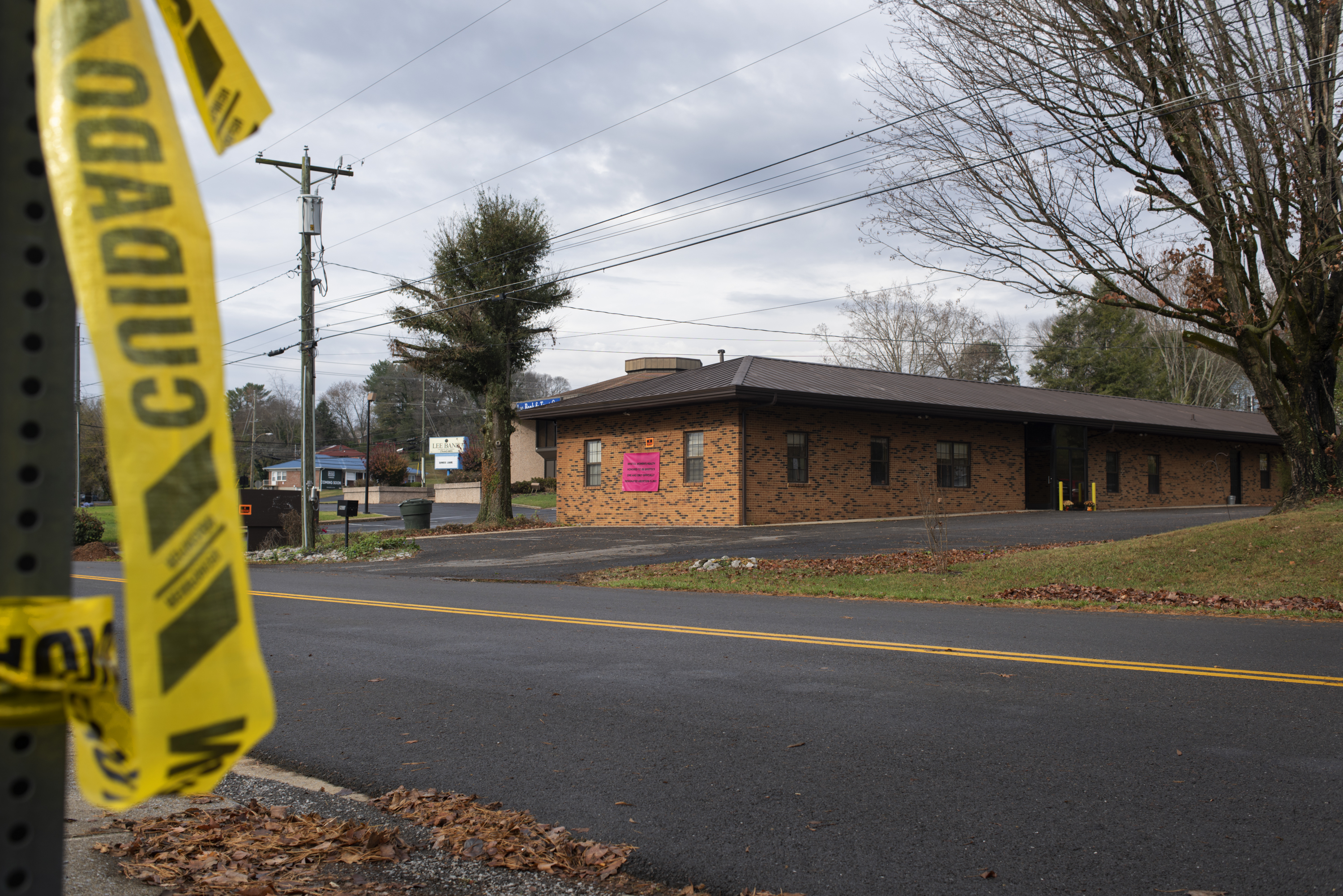
After the Supreme Court overturned Roe vs. Wade, an abortion clinic moved from the Tennessee side to the Virginia side of Bristol, a twin city that spans both states. Sylvie McNamara tells a deeply-reported, boots-on-the-ground story about the clinic and with its staff, who are fighting to provide care in a legal and cultural environment that is suddenly much more complicated and fraught—what one clinic worker calls an “intense scramble to get care for the women of the South”:
Some of these patients are Virginians, but many will come from surrounding areas: east Tennessee, the coalfields of West Virginia and Kentucky—places with some of the nation’s strictest abortion laws. Some drive in from Georgia, whose six-week ban is easy to overshoot, others from Alabama, where—with narrow exceptions—abortion isn’t legal at all. In October, a woman drove 11 hours from Louisiana to end her pregnancy in Bristol. Otherwise, she may have had to travel hours farther to Richmond, Charlotte, DC, or southern Illinois. “I think about people coming from that swath of red where it’s not legal,” Rosenwinge says, “and you can kind of see where they would go.”
Ultimately, McNamara writes, the situation in Bristol mirrors the reality nationwide: post-Roe, the laws and geography of abortion are still unsettled. And it’s going to take years to unwind.
The Battle Between Diners and Restaurants: Bad Service, Rude Customers, and Confusing Fees
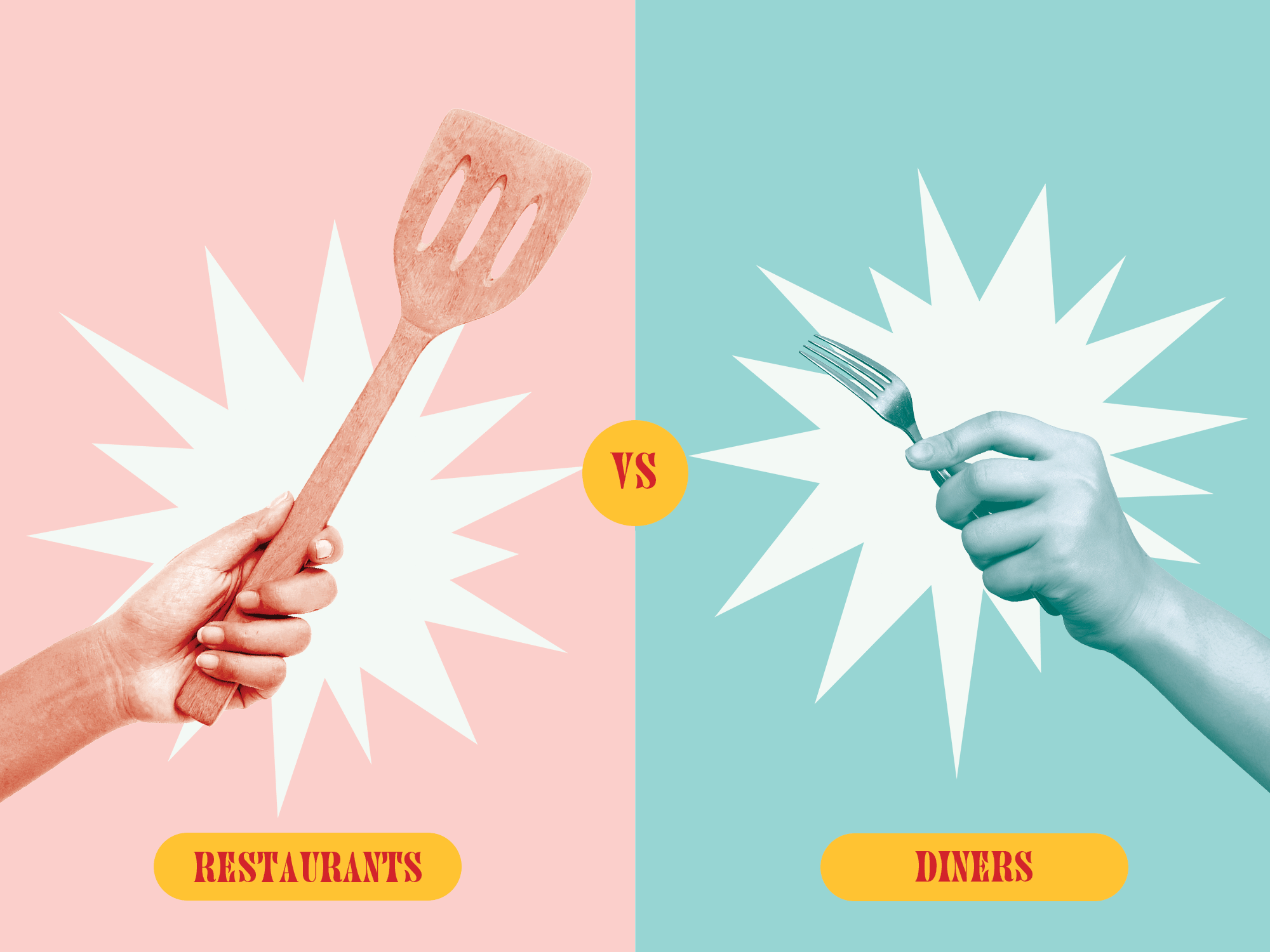
Not that long ago, we were all declaring our undying love for the restaurant industry. For a fleeting period amid the Covid lockdowns of 2020, the public rallied around dining establishments like never before. They tipped wildly, donated to employee relief funds, and went out of their way for extra visits to their favorite spots. But somewhere along the way, as the mask mandates lifted and dining rooms filled again, a lot of that goodwill fizzled. Today, writes Jessica Sidman, staffing struggles have led to subpar service. High costs mean higher prices. Here in DC, changes to the tipped wage have created a whole mess of confusion and sore feelings around service fees and gratuity expectations. The result? Diners don’t feel as special. Restaurant folks don’t feel understood. The romance between the two sides is ready to implode with one more bad carbonara. Everyone is fed up—and as Sidman discovers through a jaw-dropping series of bad behavior anecdotes, people are being their worst selves to each both online and in person. (Protip: Don’t even start on those pesky at-table QR codes).
Can Long-Demonized Psychedelic Drugs Improve Your Mental Health?

Two years ago, a Rockville cancer center became the first non-university site in the United States to receive FDA clearance to conduct clinical trials with psilocybin, the active compound in magic mushrooms. That puts the center at the forefront of a budding renaissance in psychedelic medicine, which despite showing promise in the 1950s and 1960s came to a halt when the Nixon administration criminalized psychedelics under the Controlled Substances Act in 1970.
In the here and now, Matthew Ribel writes, psychedelics have drawn an unlikely crowd of evangelists, including the former head of the National Institute of Mental Health and former world heavyweight boxing champion Mike Tyson. Researchers are studying how the drugs may have therapeutic value for mental and behavioral health conditions ranging from anxiety to addiction; in Rockville, doctors are using guided trips to help cancer patients with major depressive disorder confront their fears of dying—and rediscover the joys of living. So far, the results have been good: in one trial, 24 of 30 participants saw their clinical depression scores drop by 50 percent or more, and 15 no longer qualified as depressed.
The Spy House Next Door
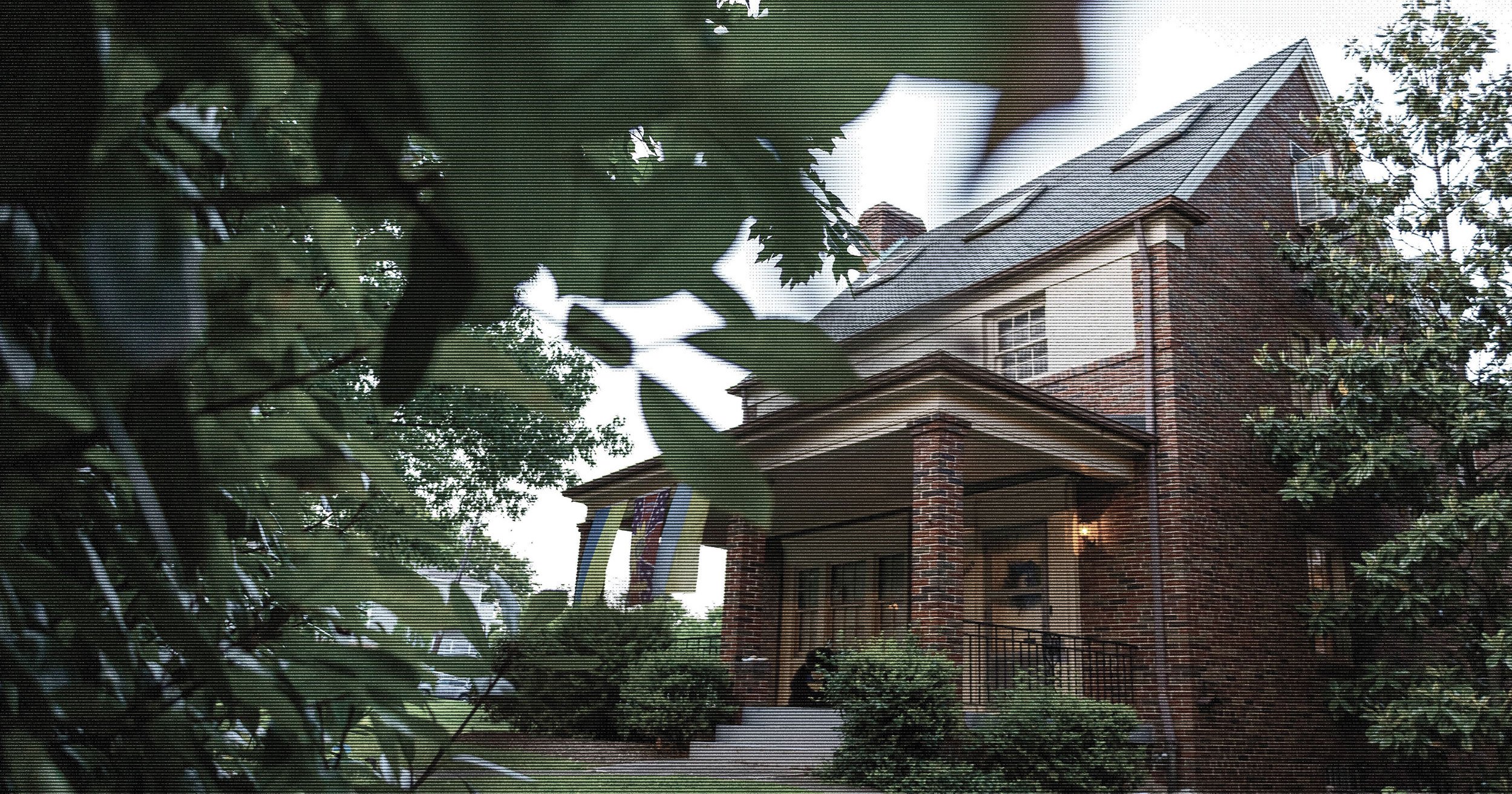
Home to America’s intelligence community, thousands of foreign spies, and a whole bunch of valuable secrets, Washington is arguably the world’s capital of espionage. Perhaps nothing epitomizes our unusual status more than a nondescript house on Wisconsin Avenue that stands just across the street from the Russian Embassy. Neighbors say this red-brick Colonial with straw-colored trim has long served as a “spy house,” an observation and listening post disguised as a residence. The FBI, of course, won’t comment, but many locals and other sources talked to Sylvie McNamara. For decades, she writes, the blocks surrounding the Russian Embassy have been abuzz with odd stories: a secret tunnel mouth for espionage, garages with blacked-out windows, unexplained interference on phone calls, and a mysterious rooftop antenna array. Yes, this sounds like conspiracy theory—but most of it is probably true.
Inside the Over-the-Top DC Marriage Proposals on Your Social-Media Feed

When your parents got engaged, maybe they called a few people on a landline, took some grainy Kodak pics, chugged a Zima, and called it a day. Well, that was so then. These days, Daniella Byck and Mimi Montgomery write, proposals have become full-blown experiences characterized by elaborate ruses, ballooning budgets, and professional planners. Driven by a desire to impress online (and also, uh, love), popping the question is now a shock-and-awe spectacle in which too much is never enough. For example:
Take a recent proposal at La Vie, the sceney Wharf restaurant with waterfront views curated for sunset TikToks and the kind of glitz ’n’ glam favored by the Real Housewives of Potomac set. (No, really, one of them had her baby shower there.) Our leading man got down on one knee in the site’s penthouse as a photographer snapped away. Behind him: a vignette of flowers, candles, and balloons framing towering, lit-up marquee letters spelling out “Marry Me”—with a glowing ring-shaped outline next to it to really hammer home the point.
Then the future bride was whisked away to La Vie’s Chandelier Room, where 50 friends and family awaited for a surprise party. Marital vibes abounded: There was a pink backdrop reading “She Said Yes!” with a cascading balloon arch in varying shades of blush, in front of which guests posed for Instagrams as a DJ played. There was an arched wall with a “Drink in Love” sign containing coconuts flown in from Miami, each emblazoned with the couple’s initials and filled with cocktails boasting names like A Love Affair in Paris. The pair’s initials also popped up on custom drink stirrers, pillows, the cake. And the flowers! An explosion of pinks, purples, and whites spilled over the sides of matching mauve velvet couches and a pink velvet ottoman, and flanked the sides of the shiny gold cocktail bar.
Total price tag? Around $30,000. And you thought weddings were out of control!
A Year After Their Dramatic Rescue, the Envigo Beagles Are Living Their Best Lives

The largest rescue in Humane Society history saw roughly 4,000 dogs saved from horrific conditions at a research breeding facility in Virginia. Today, many are happy and thriving—and so are the people who brought them home. In this heartwarming collection of stories, Andrew Beaujon and Daniella Byck track down some very good boys and girls: beagles who are working as service dogs, helping families through the loss of loved ones, and even living with the Virginia state senator who championed the bills that helped shut down the abusive facility.
“She Developed A Culture of Madness”: Inside the Casa Ruby Scandal
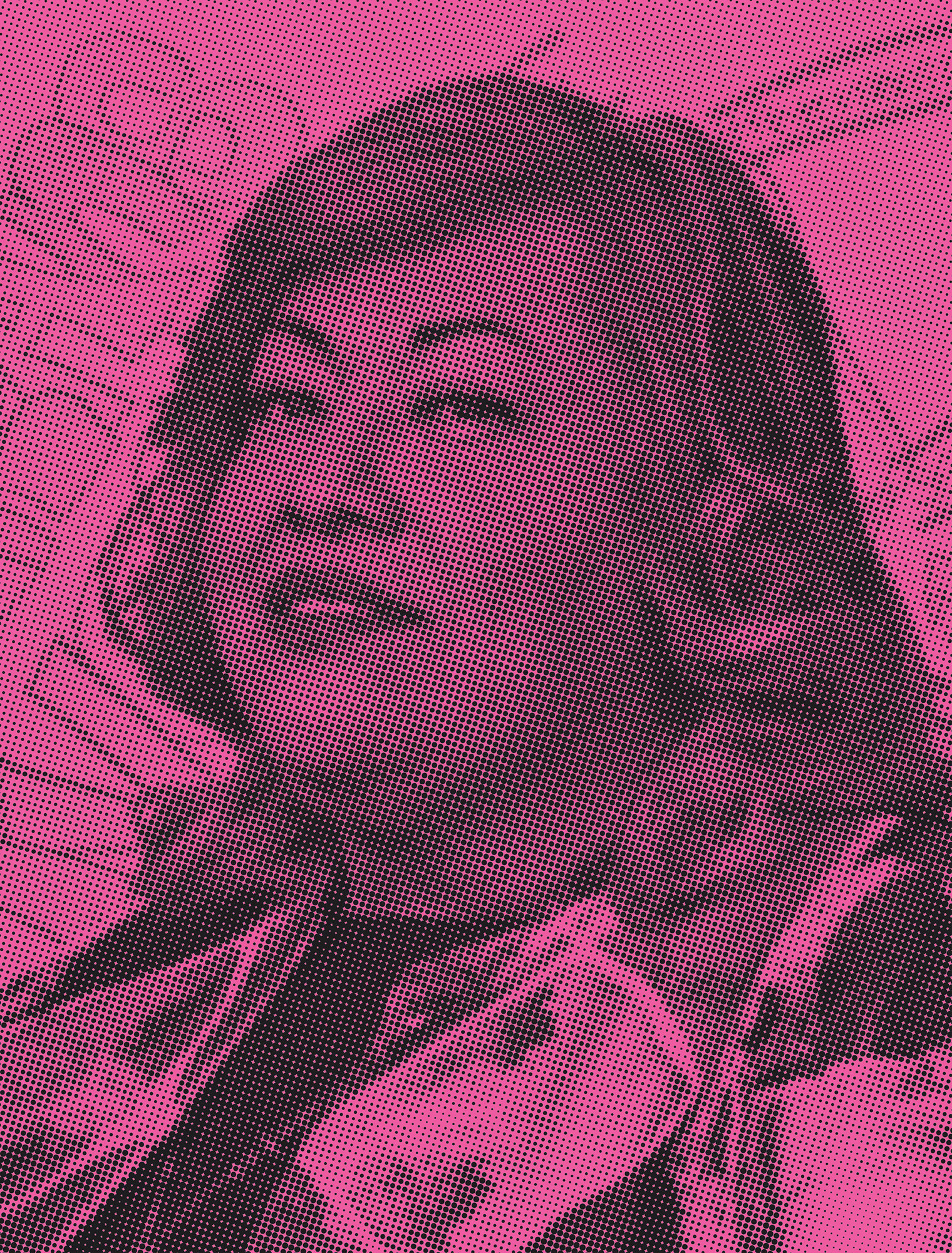
Ruby Corado was a DC icon: a fierce and scrappy trans immigrant from El Salvador who survived everything from homelessness to an HIV-positive diagnosis before building Casa Ruby into a $4.2 million organization offering housing and social services to the homeless queer kids, trans sex workers, and others whom Corado called her “family.” In 2014, then-mayor Vincent Gray walked Corado down the aisle at her wedding; five years later, she was named a Washingtonian of the Year by this magazine.
And then? It all came crashing down. In less than a year’s time, Casa Ruby shut down all of its operations and went into receivership; meanwhile, Corado decamped to El Salvador and was accused by DC’s attorney general of serious mismanagement and funneling charitable funds to herself. In this investigative story, Britt Peterson talks to people who worked with Corado and knew her best (as well as Corado herself, via Zoom calls that alternate between self-righteous defiance and self-justifying near-confession) to paint a fuller picture of how things went wrong—and the red flags that were ignored along the way.
The Potomac’s Herring Are Hurting. Virginia’s Game Wardens Protect Them.
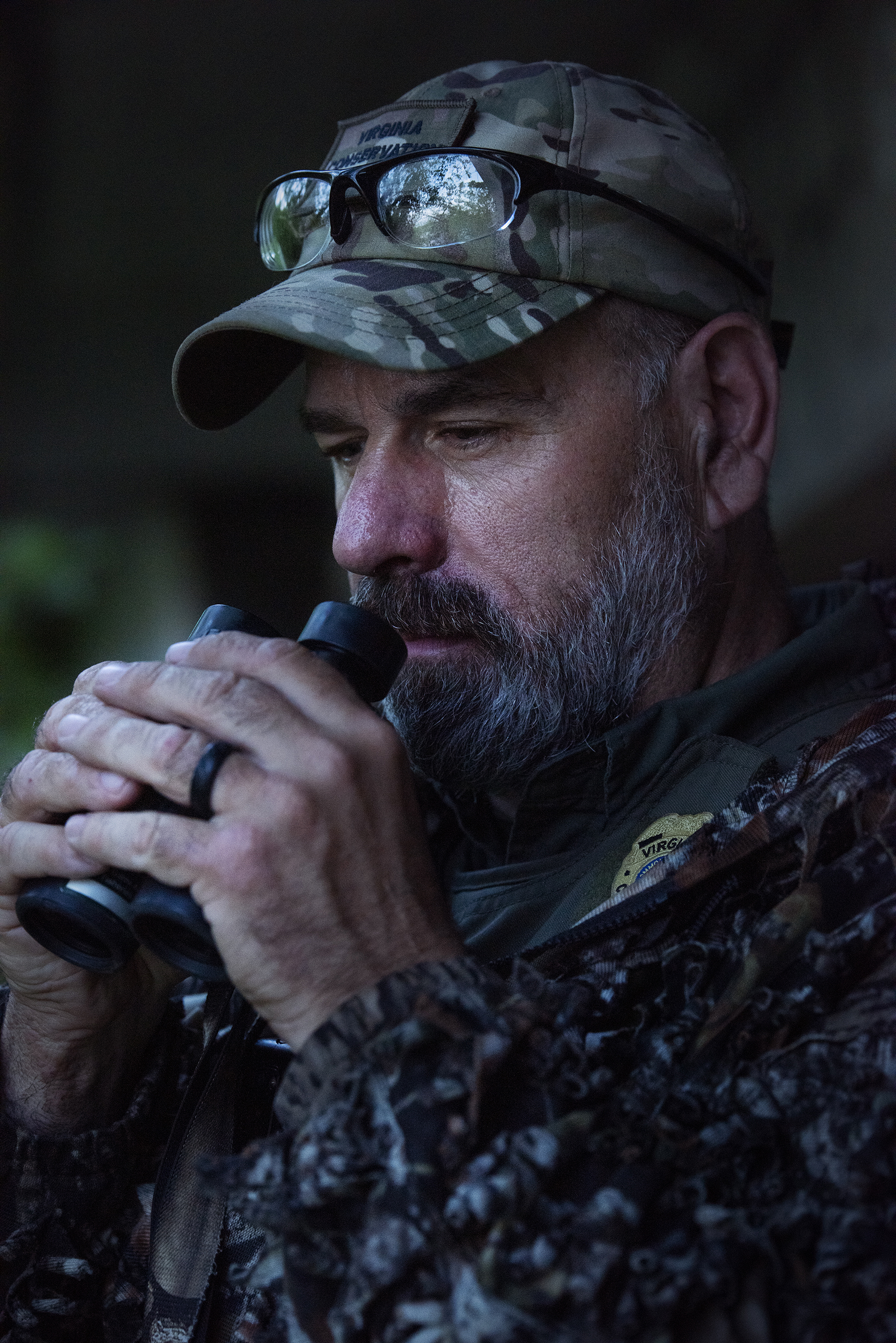
Herring are a keystone species, a fish that’s important to many animals’ diets: beloved wildlife like blue herons and bald eagles, sport fish like striped bass, grocery staples like tuna and marlin. They’re also the most imperiled of the Potomac’s fish, which is why in 2012 federal regulators made it illegal to catch them—not by hand, by net, nor by hook-and-line; not at any time of the year; and not at any stage of maturity, even if you release them back into the water. Under the Key Bridge, the job of enforcing that moratorium falls on people like Sergeant Rich Goszka of the Virginia Conservation Police, who every year engages in hide-and-seek with poachers. Sylvie McNamara takes readers deep into a battle being fought right under their workday commute, and also asks a key question that may not have an answer: is any of this working?
The Untold Story of the Washington Football Team’s First Black Cheerleaders
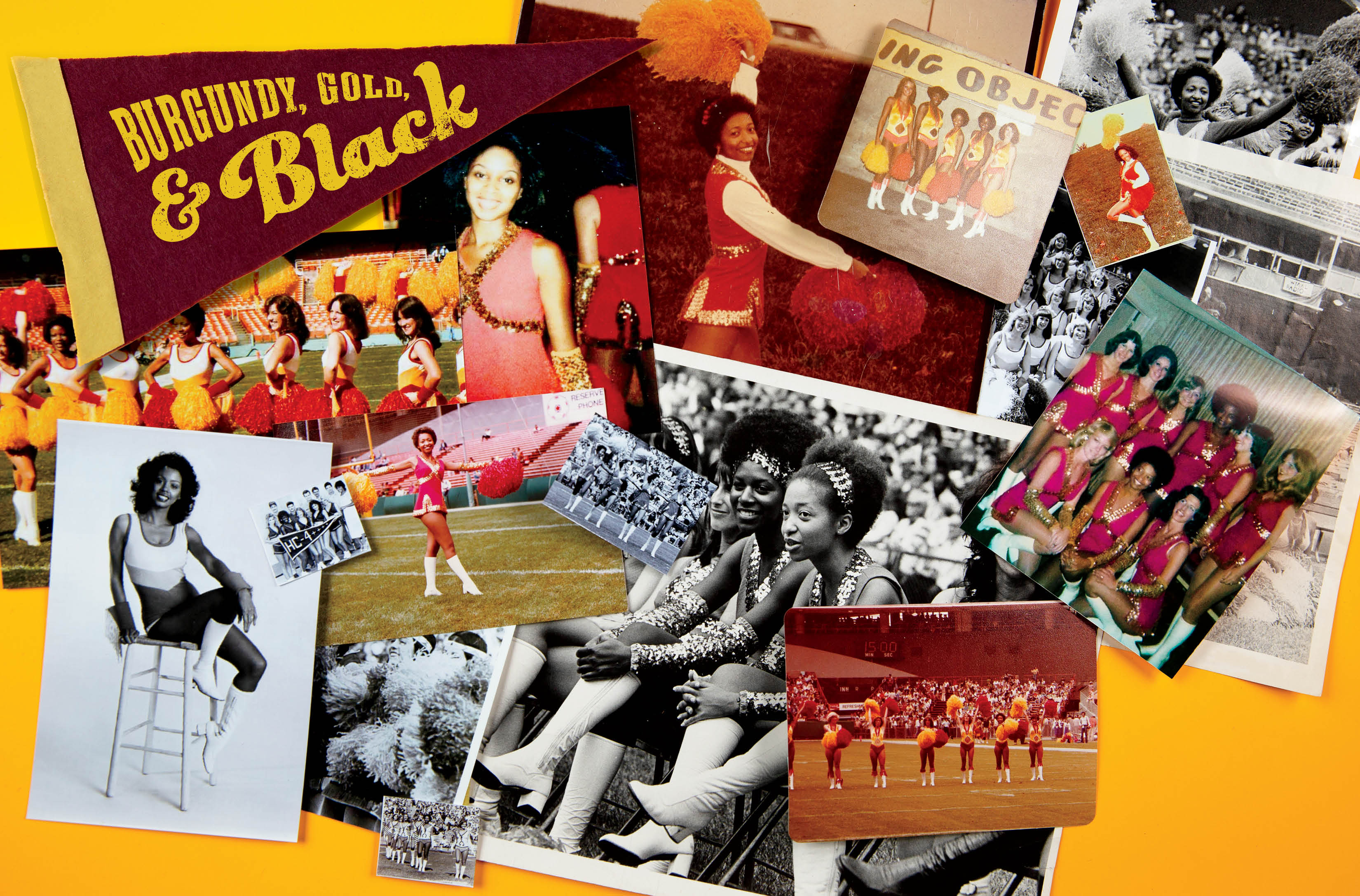
Amid the boiling racial tension and desegregation battles of the late 1960s and early ’70s, a group of young Black women teamed with a DC civil-rights leader to break the color barrier on the Washington NFL team’s cheer squad. But their story has largely been overlooked—until now. Luke Mullins reveals how these women overcame prejudice to become squad captains, forged friendships that have lasted a lifetime, and ultimately blazed a trail for the next generation as part of a larger movement across cheerleading that influenced American culture beyond the playing field.

